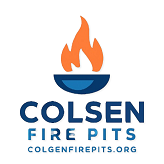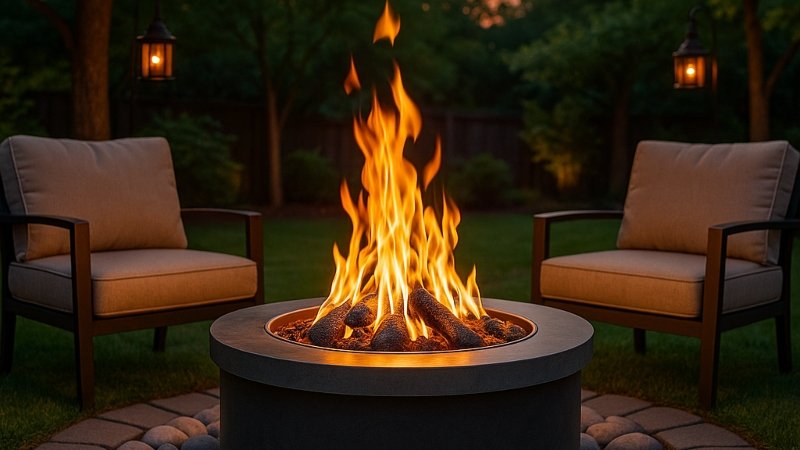Propane Fire Pits recesses are outdoor heaters that use thawed petroleum gas( LPG), also called propane, to produce a steady, smokeless flame. Compared to traditional wood-burning fire recesses, propane models are cleaner, easier to use, and more accessible. These fire recesses are becoming a favorite for homeowners, RVs, and businesses that want warmth and style in their outdoor spaces.
The Origin and Elaboration of Propane Fire Pits
Propane gas was first discovered in the 1910s in the United States, when famed American druggist Dr. Walter O. Snelling successfully isolated it and developed it for marketable use. By the 1920s, propane began to be distributed commercially. The conception of fire recesses dates back thousands of years, as Neolithic humans used simple ground recesses and monuments to make fires.
The idea of ultramodern vicinity fire recesses — used for both air and warmth — started to gain popularity around the mid-20th century. After World War II, as propane became more affordable and extensively available, the United States became the first country to develop and use ultramodern propane fire recesses.
Who’s Behind the Invention?
There isn’t one innovator linked to propane fire pits recesses. Rather, they evolved through advancements in gas technology and outdoor design. Snelling’s discovery made it possible, and brands like Outland Living and Colsen Fire Pits helped bring ultramodern recessed propane fire pits into homes and businesses with better designs and safety features.

Why People Use Them
- Propane fire pits recesses are used in a variety of ways
- To stay warm on cool nights in neighborhoods or quadrangles
- To produce air for parties, family feasts, or date nights
- For light cuisine, like roasting marshmallows or making s’mores
- As scenery, blending function with beauty in outdoor designs
- They are common in homes, on caravan passages, in resorts, and indeed at rooftop cafes.
Benefits You’ll Appreciate
- No bank or ashes – Just clean dear
- Quick and easy to light – Push-button ignition in numerous models
- movable options – Great for trips or small quadrangles
- Low remittal – No wood or ashes to deal with
- More for the terrain – Burns cleaner than wood
- malleable heat – Control honey height and temperature fluently
Effects to Consider
- Propane costs further than using wood
- Tanks need replacing or refilling regularly
- Lacks that wood fire sense – No crinkle or hoarse scent
- Some units are precious, especially high-end models
- Not all are safe for cooking
How Do They Work?
Utmost propane fire recesses run on a standard 20-lb propane tank. The tank connects to a gas burner through a sock and stopcock. Once the gas is released and burned, flames rise through a burner ring. Ornamental accoutrements like lava jewels or glass pieces are frequently placed around the honey for style and heat dissipation.
Popular Styles and Accoutrements
- You’ll find several types of propane fire pits recesses, similar to
- Tabletop units for compact spaces
- movable fire coliseums for on-the-go heating
- Fire tables that double as cabinetwork
- erected- in recesses for endless vicinity setups
- Common accoutrements include a pristine sword, concrete, a natural gravestone, and greasepaint-carpeted aluminum.
Eco-Friendlier Than You Suppose
While propane is a reactive energy, it burns far cleaner than wood. It emits smaller carbon emissions and no dangerous fumes or ash, making it a good choice for people who care about the environment but still want a warm fire.
Conclusion
Still, swish, and low-conservation way to enjoy out-of-door fire, if you want a practical one. Whether you are throwing a vicinity get- together or just relaxing alone under the night sky, it’s the perfect addition to any space.
Find your perfect fire hole at ColsenFirePits.org, where quality, safety, and design come together.

